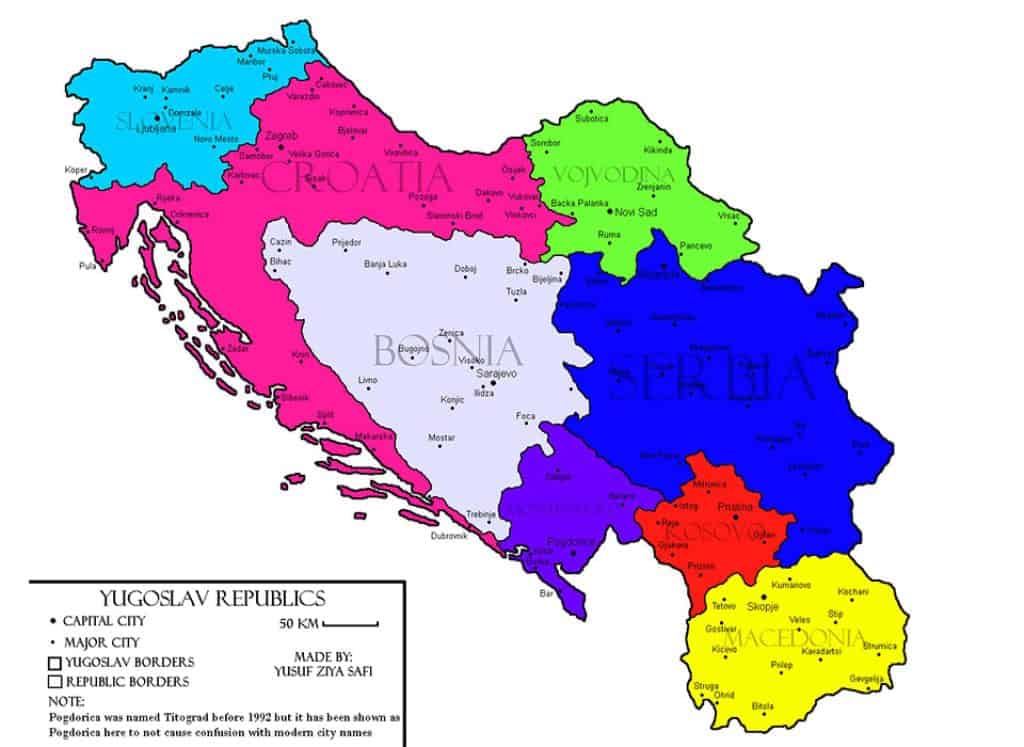
About The Project
To commemorate the 30th anniversary of the 1995 Dayton Peace Accords (DPA), the Association for Diplomatic Studies and Training (ADST) has collected oral histories with U.S. and foreign officials involved in the 1995 negotiations and subsequent DPA implementation. ADST has combined these interviews with excerpts from oral histories already in its own archive and accounts from the State Department’s 1990s Dayton History Project to create a comprehensive web-based DPA oral history anthology. Often cited as a model for peacemaking, the history of the DPA remains an intriguing part of U.S. diplomatic history.
Each oral history collected as part of this project offers historical context, narrators’ analyses, and first-hand lessons learned on the former Yugoslavia, the Western Balkans, and the negotiation and implementation of the Dayton Peace Accords. Diplomatic practitioners, students, academics, and the general public will find these accounts valuable for developing a comprehensive understanding of U.S. involvement in the Balkans, peace negotiations and implementation processes, confidence and transparency building measures, and diplomats’ first hand experiences.
Collecting oral histories to commemorate the 30th anniversary of the Dayton Peace Accords is essential to preserving the lessons of diplomacy and conflict resolution. This project highlights the pivotal role the accords played in bringing peace to the Balkans.
U.S. Representative Mike Turner (Ohio – 10th Congressional District)
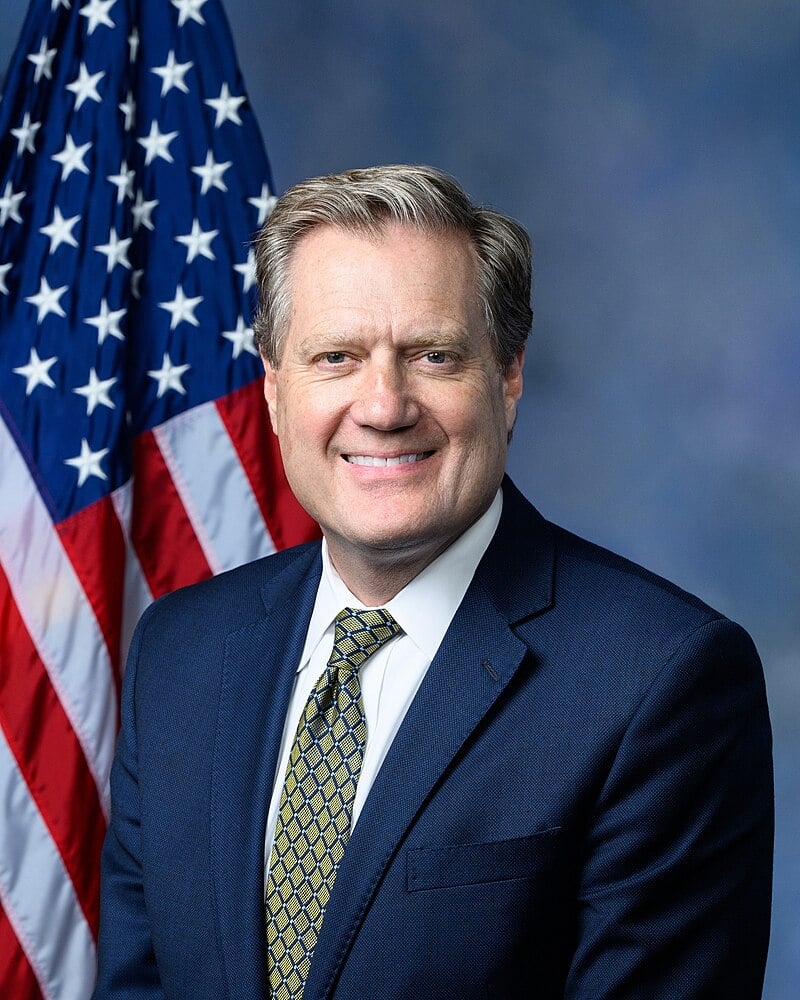
U.S. Foreign Service: Notable Lessons Learned From The Dayton Peace Accords
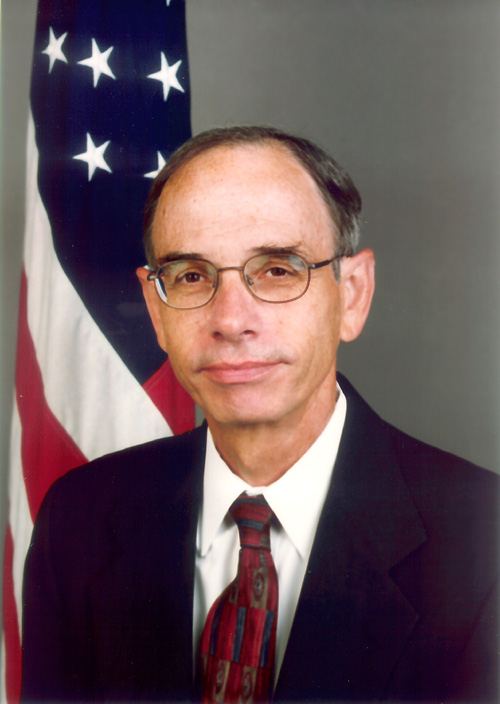
Larry Napper, Ambassador (ret.), who served as the Coordinator for United States Assistance to Central and Eastern Europe:
Dayton is one of the crowning achievements of American diplomacy in the 20th century, not because it solved all the problems of the Balkans, but because it halted a war in the heart of Europe that had devastated the region and caused many thousands of innocent deaths. The Dayton Agreement reminds us that diplomacy is not without risks and costs, including the lives of three close associates of Ambassador Richard Holbrooke, Robert Frasure, Joseph Kruzel, and Sam Nelson Drew, whose sacrifice helped lead directly to the accords. With Putin on the march in Ukraine, China rising in East Asia, and full-scale war threatening in the Middle East, creative, persistent, and imaginative American diplomacy has never been more important.

Christopher Hoh, Senior Member of US Foreign Service who was the Charge d’ Affairs and Deputy Chief of Mission at the US Embassy in Sarajevo, Bosnia and Herzegovina:
Through this multi-faceted, multi-year effort Washington learned to coordinate multiple U.S. agencies into a whole-of-government approach and to rally allies, partners and inter-governmental organizations into a post-Cold War coalition for security and promoting of prosperity. We learned from failures as well as successes and developed lessons for future reconstruction and stabilization operations. A large number of later leaders in the U.S. Foreign Service cut their teeth working on the Balkans in the ’90s and early 2000s.
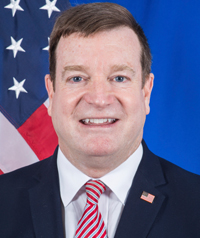
John Hennessey-Niland, Ambassador (ret.), was a member of the Investigation and Prosecutor’s staff of the International Criminal Tribunal for The Former Yugoslavia:
Seen from the perspective of an American diplomat assigned to the International Criminal Tribunal for Yugoslavia (ICTY), the Dayton Accords were a key part of the U.S. strategy to bring the war to an end. Both negotiations and the threat of indictments by the ICTY – the proverbial carrot and stick approach – were required to convince the combatants to cease their conflict. The U.S. used all its soft and hard power to bring the conflict to a tenuous end.

Jacques Paul Klein, Under-Secretary-General of the United Nations (ret.), was head of the United Nations Transitional Administration for Eastern Slavonia and the United Nations Mission in Bosnia and Herzegovina:
The Dayton Accords were far from perfect. Some describe the Accords as a bad peace to end a worse war. The fact is that ending that war was a single historic achievement that saved countless thousands of lives. The war in Bosnia would have continued indefinitely without the full engagement of the Contact Group, the UN and other regional players. Ambassador Dick Holbrooke’s personal engagement, insights and dynamism were crucial to the process. So also was the continued persuasion and pressure exerted by the foreign service officers and diplomats throughout the region, in key capitals and at Dayton.
Discover the story behind the Dayton Peace Accords with our handcrafted visual timeline, tracing Yugoslavia’s complex history and its pivotal role between East and West. This unique piece brings the region’s diverse cultures, politics, and Cold War significance to life in a clear, engaging way.
From A Moment in U.S. Diplomatic History Series
A House of Cards – The Collapse of Yugoslavia
Over a bloody three years, hundreds of thousands of former Yugoslav residents were dislocated, imprisoned, raped, tortured, starved, and massacred as Serbian nationalists pursued an agenda of ethnic cleansing and carved out a homeland for his own people. The violence grew from the ruins of the Socialist Federal Republic of Yugoslavia, a conglomeration of Serbs, Croats, Bosniaks, Slovenians, Albanians, Macedonians, and other ethnic groups united under a single flag. Yugoslavia collapsed when the growth of nationalism inflamed ethnic tensions to the point that, on June 25, 1991, regions with Croat and Slovene majorities declared independence for the nations of Croatia and Slovenia. Read More.
Negotiating the Dayton Peace Accords
During the 1990s, the world witnessed the worst conflict since the end of World War II. The conflict began after Bosnia and Herzegovina declared its independence on February 29, 1992. As a result, a group of Bosnian Serbs rebelled and created their own republic, the Republika Srpska.
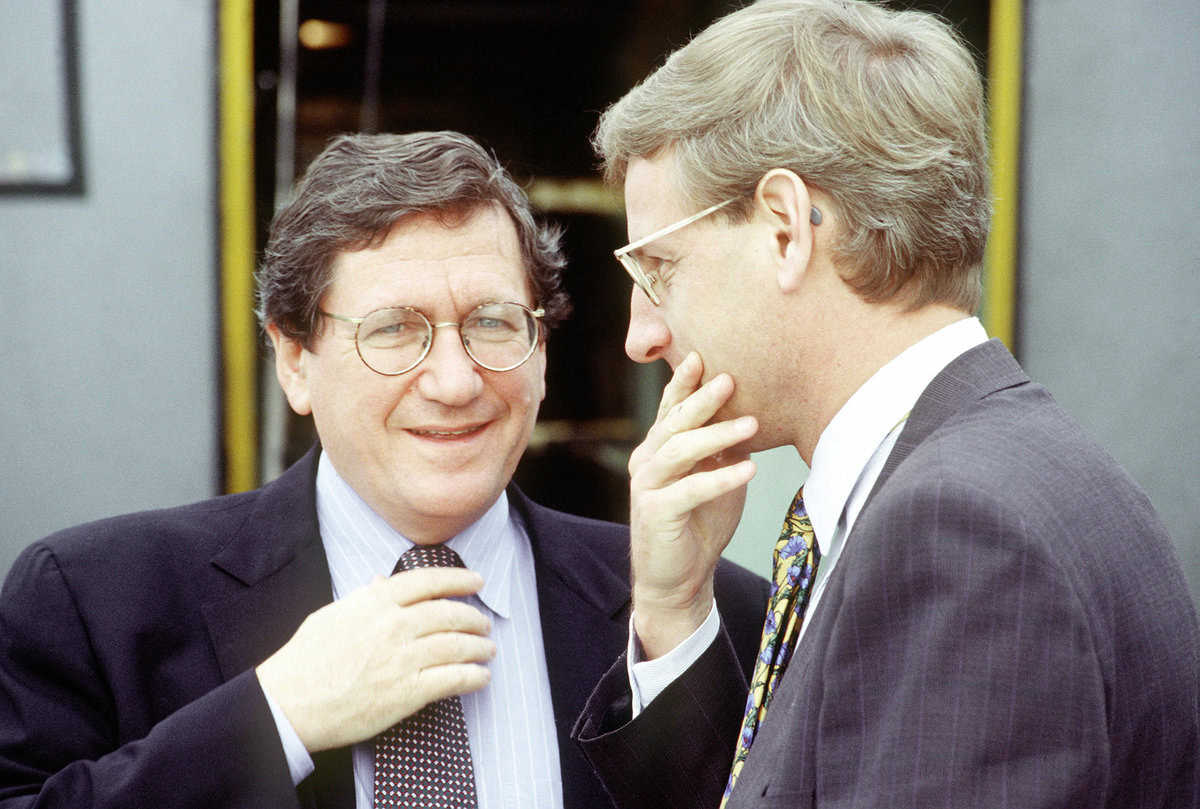
With the support of Serbian president, Slobodan Milosevic, the Bosnian Serbs gained territory throughout three years of killing and ethnic cleansing. Fighting ensued for several years between Bosnian Croats, Bosnian Serbs, and Muslims. After the events and widespread media coverage of the shelling of a Sarajevo marketplace, the Srebrenica massacre of 8,000 Muslim men and boys, and the capture of UN peacekeepers as hostages, the goal of a successful peace agreement became imperative. Read More.
Slobodan Milosevic and the Road to Dayton
Slobodan Milosevic was in many ways a paradoxical figure. Long criticized for being a corrupt opportunist, he could also be engaging and charming. Often described as being a paranoid psychopath, he could quickly swing from the role of staunch Serbian nationalist to conciliatory peacemaker. As Yugoslavia disintegrated in the early 1990’s, leading to violent conflict, the United States began to view the protean Milosevic as the key to reaching a peace agreement in the region. Read More.
A Snapshot from Diplomatic Oral History: U.S. Ambassador Peter Galbraith
Q: The Dayton peace process, how was it viewed from Zagreb?
GALBRAITH: There really were two tracks to what was going on and in which I had a role. The first track was the Bosnian peace process which was what Holbrooke was doing. That involved these triangular missions of Sarajevo, Belgrade, and Zagreb and perhaps in some ways the main action was Belgrade. I mean getting, that more time was spent with Milosevic than with Tudjman by a huge margin because that’s where the concessions need to be made. Zagreb was more of a center in terms because the UN was headquartered there. In the early days of the war that’s where the media was, but I guess the media at this stage was as much in Belgrade and perhaps even more in Sarajevo.The second track was one for which I was principally responsible which was to negotiate
a peace agreement between Zagreb and the rebel Serbs or the local Serbs who had 4 percent of Croatia in Eastern Slavonia, Baranja and Western Slavonia that is the far east of the country, Vukovar. So, in this period, I would find myself on my own shuttle between Zagreb and Erdut which is a little village outside of Vukovar were I would meet with the local Serbs, and then participating with Holbrooke in his shuttle whenever he came to town, which was two or three times a week.
Q: How did you see the role on this thing? Was it the Croatians were I mean what sort of role in the Dayton thing did you see them playing? I mean it’s three sides, well, it’s the United States, and then it’s four sided.
GALBRAITH: The Croatian role at Dayton in the period leading up to Dayton, at Dayton was the and indeed the whole two years, was important because it was the swing role. They were the ones who were capable of making things happen. By the time we were getting to Dayton they were also looking like the big winners. On the one hand, that made them more confident, made it in some ways they could be relied on to be more responsible. On the other hand, they were the least willing to compromise on matters of their own vital interests. Read More.
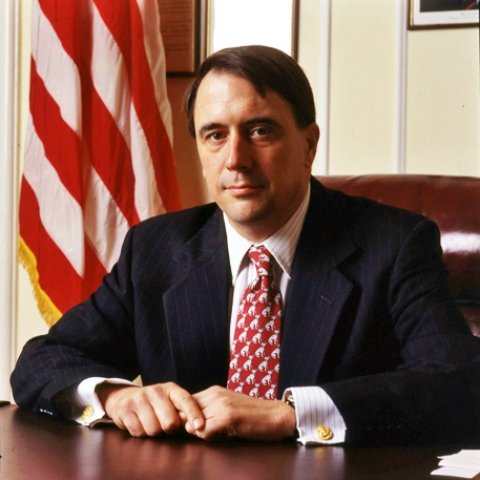
Mt. Igman Accident: Making The Peace Effort Personal for the U.S. Foreign Service
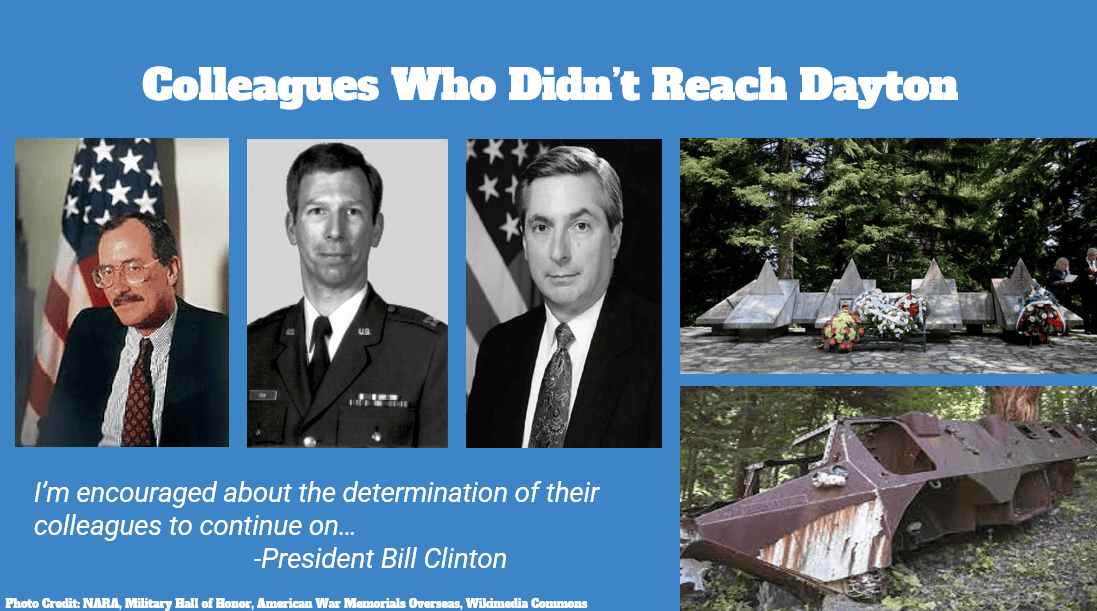
In the summer of 1995, during the early days of the American shuttle diplomacy between the Balkan capitals, Ambassador Holbrooke and his team were forced to drive down Mt. Igman road, “the most dangerous road in Europe,” to reach Sarajevo after the Serbs refused to guarantee safe landing to the Sarajevo airport. On August 19, 1995, the U.S. delegation arrived to the Veliko Polje soccer field, near Mt. Igman pass, where two military vehicles were waiting for them, French armored personal carrier (APC) and the U.S. Army Humvee. Ambassador Holbrooke and General Wes Clark were put into the Humvee and the rest of delegation took seats in the APC.
This tragedy made the mission to reach lasting peace in Bosnia much more personal, with the U.S. diplomats returning back to the region just a few days after the funeral of their colleagues and pushing more forcefully to end the war.
“We have been pushing the rock of peace up the side of Bosnian mountain for a long time now, and it has kept rolling back down. But like Sisyphus, we will not stop trying “
– Secretary of Defense William Perry stated during the ceremony for killed colleagues at the Andrews Air Force Base, August 21, 1995.
Former Yugoslavia: Regional Country Readers
Americans Serving in Brcko

The inter-entity boundary line in the Brčko area was the only issue that the negotiating parties could not agree on during the Proximity Talks held in Dayton, Ohio, from November 1, 1995, to November 21, 1995. To avoid the collapse of the talks, the parties agreed to submit the Brčko question to arbitration, with the arbitration decision being final and binding on all parties. The arbitral tribunal issued its final decision, known as “The Final Award,” in 1999, thereby establishing the Brčko District of Bosnia and Herzegovina.
Under the agreement, the international supervisor was appointed to serve as the district’s administrator. Brčko, once a site of vicious fighting, has become a success story, a symbol of inter-ethnic cooperation and progress. Access the page.
Educational Resources:
ADST is currently working with our partners to host educational events examining the Dayton Peace Accords implementation, developing educational materials such as lesson plans, and engaging national and international practitioners, academics, and students in a conversation on diplomats’ lesson learned during the negotiations and implementation of the Dayton Peace Accords. More information to come soon!
ADST and 2025 NATO Parliamentary Summit in Dayton, OH:
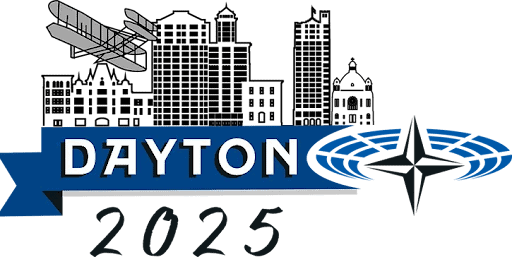
At the invitation of U.S. Representative Mike Turner of Ohio, ADST took part in 2025 spring session of the NATO Parliamentary Assembly (NATO PA), held in Dayton, Ohio, between May 21-26, 2025, and helped commemorate the 30th anniversary of the Dayton Peace Accords by recording oral histories with the delegates, distinguished guests, and members of the public on their involvement with the Dayton Accords and peace implementation in the Balkans.
The ADST team interviewed members of the Dayton Peace Accords negotiating team, U.S. Ambassadors (ret.) Chris Hill and Peter Galbraith; Mate Granic and Miomir Zuzul, members of the Croatian delegation to the Dayton Peace Accords; Dr. Vjosa Osmani-Sadriu, President of Kosovo; Hans Christian Schmidt, High Representative for Bosnia and Herzegovina; U.S. Ambassador (ret.) to Bosnia and Herzegovina Eric Nelson, and others.
Foreign Service Journal Commemorates the 30th Anniversary of the Dayton Peace Accords
In recognition of the 30th anniversary of the Dayton Peace Accords, the Association for Diplomatic Studies and Training (ADST) collected oral history accounts from U.S. officials involved in the 1990s efforts to bring stability to the Western Balkans and subsequent implementation of the accords. ADST combined these with an extensive collection of oral history on the Balkans already in its archive and with accounts from the U.S. Department of State’s Dayton Accords History Project to create an interactive digital anthology. Read Full Article.

Press Coverage
“Balkans oral history project will draw on upcoming NATO event in Dayton“
Thomas Gnau
Dayton Daily News, March 12, 2025
Dayton will help to make history again. The NATO Parliamentary Assembly’s visit to Dayton in May will help build an oral history exploring how the Dayton Peace Accords ended the 1990s war in the Balkans. The November 1995 accords at the Hope Hotel at Wright-Patterson Air Force Base were crucial in ending a war in an area of Southeastern Europe that was once part of Yugoslavia. The Association for Diplomatic Studies and Training is collecting oral recollections of the accords. To mark the accords’ 30th anniversary, the association will visit the upcoming NATO assembly to collect new oral accounts. The NATO assembly, representing members from the alliance’s 32 nations, will convene in downtown Dayton from May 23 to 26. Read Full Article.
“Historical project to be held during NATO Assembly“
LeAnne Marie McPherson
wdtn.com, March 12, 2025
DAYTON, Ohio (WDTN) – NATO’s visit in May will be a historic moment for Dayton, and a project is looking to preserve the past and present moment. According to U.S. Rep. Mike Turner, oral history accounts will be gathered during the NATO Parliamentary Assembly Spring Session, which runs May 23-26. The Association for Diplomatic Studies and Training is collecting the accounts as part of a project on the Dayton Peace Accords, which ended the Bosnian War 30 years ago. The project will be preserved in the Library of Congress. Read Full Article.
“‘A risky endeavor.’ How WPAFB set the stage for historic accords 30 years ago”
Thomas Gnau
Dayton Daily News, May 5, 2025
There was some surprise that the accords were to be held in Dayton at all. Serbian President Slobodan Milošević reportedly reacted to the choice by saying: “I am not a monk. You can’t confine me to a military base.”
“The Europeans, used to negotiations in more opulent settings, literally had no idea where Dayton was, and expressed open unhappiness,” Holbrooke wrote in his 1999 book on the talks, To End a War. Read Full Article.
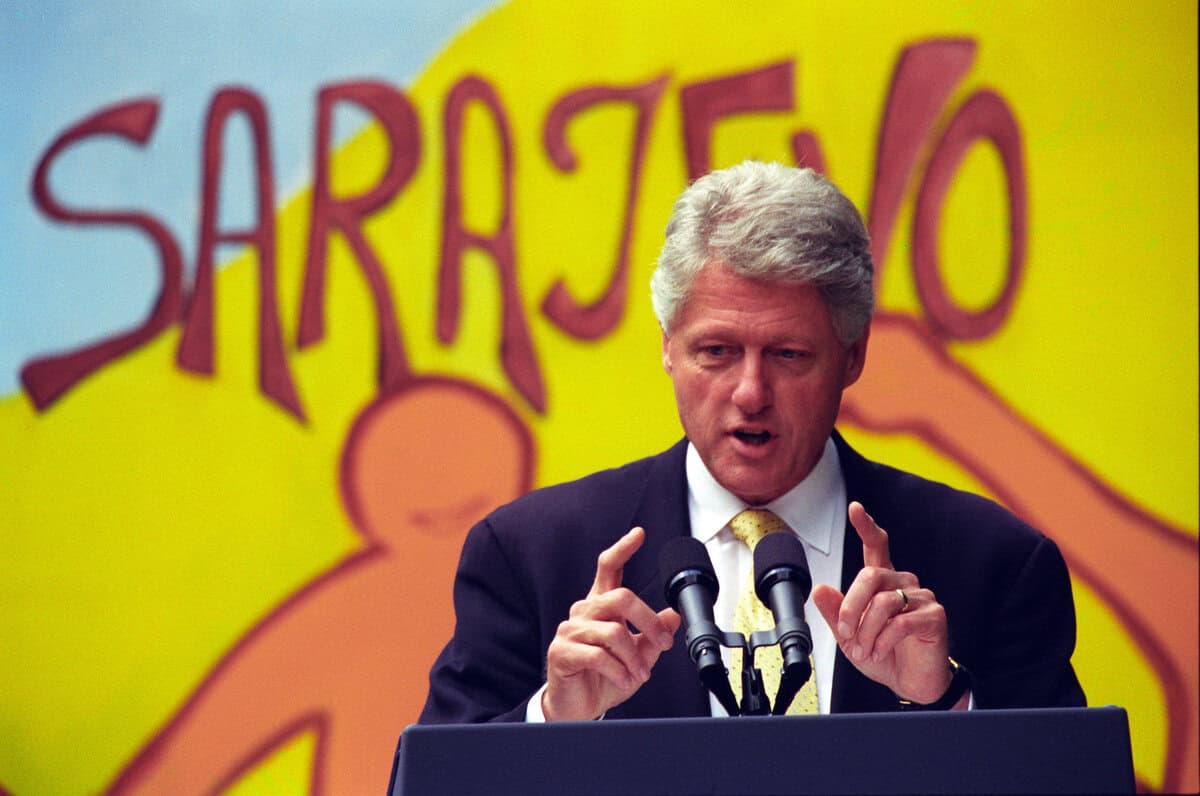
Additional Dayton Peace Accords Materials:
US Department of State: Dayton History Project (1996 – 1997) – The National Archives catalog of materials about the Dayton Accords.
US Department of State: Virtual Reading Room – FOIA Documents, search between 1990 and 1999 for the term “Bosnia”
William Jefferson Clinton Presidential Library: The Dissolution of Yugoslavia – Conflicts in Former Yugoslavia Timeline
National Museum of American Diplomacy: Diplomacy Ends a War: The Dayton Accords
“In 1993, President Clinton worked quickly to search for a diplomatic solution to end the crisis, instructing Secretary of State Warren Christopher and U.S. Ambassador to the United Nations Madeleine Albright to shape a more active role with the United States’ NATO partners to put more pressure on Milošević in the form of sanctions and military strikes. Albright was the most vociferous of Clinton’s cabinet members to call for immediate and decisive action to end the violence.”
FAMA Methodology: The Dayton Peace Accords: The Art of Negotiations – How to End a War
“The Dayton Peace Accords, signed in 1995, is a living process that can be observed as (1) a complex political and legal document whose implementation is subject to various interpretations and (geo)political influences; and (2) as an art of negotiations that ended a war in Bosnia and Herzegovina.
In that context, FAMA Methodology has focused on the Art of Negotiations by mapping out the intricate matrix of the ‘U.S. Shuttle Diplomacy’ and ‘Proximity Peace Talks’ at Wright-Patterson Air Force Base in Dayton, OH. In our view, this is how a window of insight can be opened into the topic to help contemporary and future generations make sense of the causes and consequences of the Peace Accords.”
Contact the Dayton Peace Accords Project Team
If you have any questions about the ADST’s Dayton Peace Accords oral history project, or you would like to share your story of working on the Balkans issues in the 1990s or implementation period, you can reach out to the project manager, Fran Leskovar, at [email protected].

